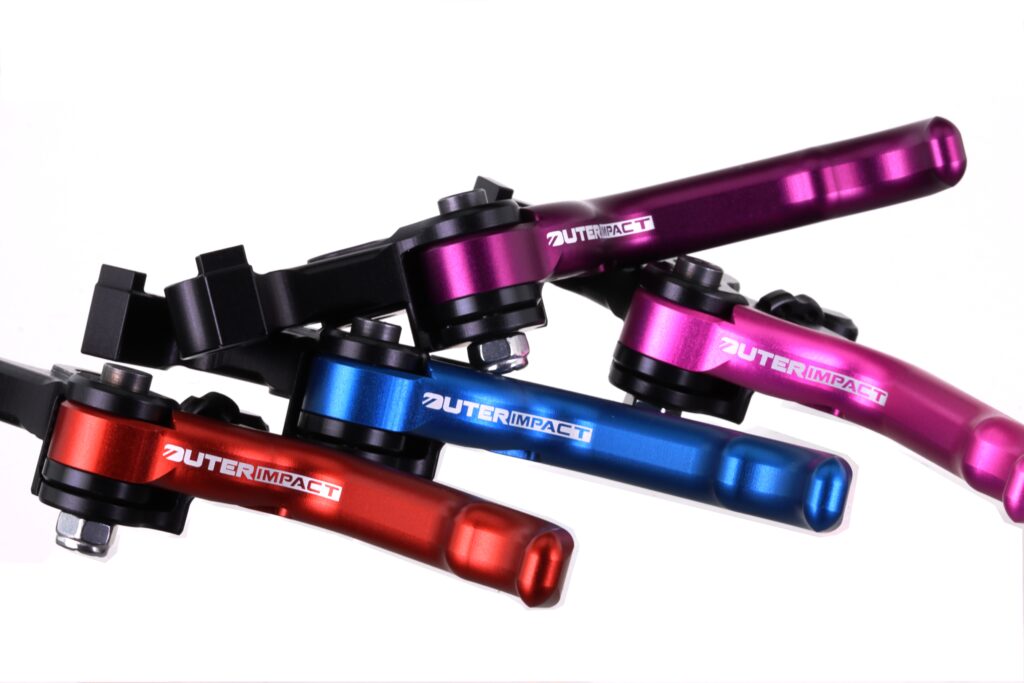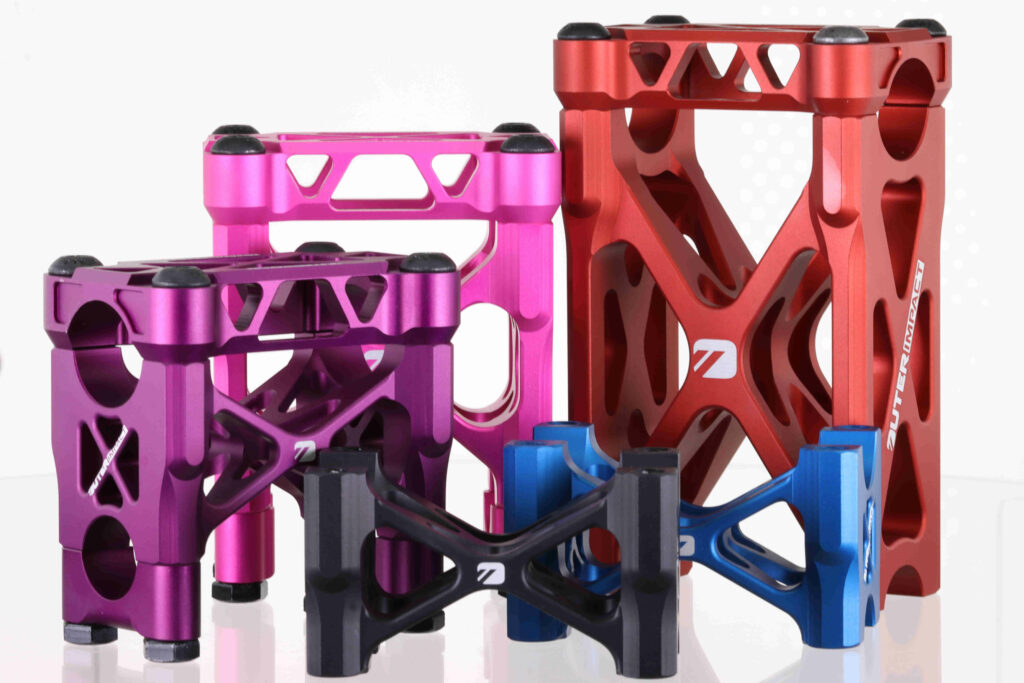Snowmobile Trail Markers And Signage: How To Navigate A Safe Ride
Introduction: Snowmobile Signage and Trail Markers
Navigating snowmobile trails requires more than just a sense of direction; understanding trail markers and signage is crucial for safety and navigation. In this guide, we’ll explore the importance of trail markers and signage for snowmobilers and how to interpret them effectively for a safe and enjoyable ride. OuterImpact produces the finest precision machined billet aluminum brake levers and handlebar risers with a Lifetime Warranty.

Common Trail Markers
Trail markers are used to guide snowmobilers along designated routes and indicate potential hazards or points of interest. Here are some common trail markers and their meanings:
| Marker | Meaning |
| Orange Diamond | Main snowmobile trail |
| Blue Diamond | Connector trail |
| Green Diamond | Secondary or scenic trail |
| Red Triangle | Stop sign or caution ahead |
| Yellow Diamond | Detour or alternate route |
| White Cross | Intersection or junction |
| Yellow Cross | Railroad crossing |
| Green Circle | Rest area or warming hut |
Interpreting Signage
Trail signage provides valuable information to snowmobilers, including speed limits, trail conditions, and points of interest. Here’s how to interpret common snowmobile trail signage:
- Speed Limit Signs: Observe posted speed limits to ensure safe riding and minimize the risk of accidents.
- Caution Signs: Heed caution signs indicating hazards such as sharp turns, steep inclines, or narrow bridges.
- Trail Conditions: Pay attention to signs indicating trail conditions, such as icy patches, moguls, or groomed trails.
- Points of Interest: Look for signs indicating rest areas, fuel stations, dining options, or scenic viewpoints along the trail.
Safety Tips
Navigating snowmobile trails safely requires attention to detail and adherence to safety guidelines. Consider the following tips:
- Stay on Designated Trails: Always ride on designated snowmobile trails and respect private property boundaries.
- Observe Trail Markers: Follow trail markers closely to stay on the designated route and avoid getting lost.
- Keep Right: Keep to the right side of the trail to allow faster riders to pass safely on the left.
- Use Caution: Approach caution signs and potential hazards with caution, adjusting your speed and technique accordingly.
Trail Etiquette
Respecting trail etiquette ensures a positive experience for all snowmobilers. Follow these guidelines:
- Be Courteous: Yield to other riders and share the trail responsibly, especially in crowded or narrow sections.
- Keep Noise Levels Down: Avoid excessive noise and disturbances, especially in residential or wildlife areas.
- Pack Out What You Pack In: Dispose of trash properly and leave no trace behind to preserve the environment for future riders.

Conclusion
Understanding trail markers and signage is essential for navigating snowmobile trails safely and responsibly. By familiarizing yourself with common trail markers, interpreting signage effectively, and adhering to safety guidelines and trail etiquette, you can enjoy a rewarding and enjoyable snowmobiling experience while minimizing risks and hazards along the way. OuterImpact is very supportive of safety and avalanche awareness. We recommend following Duncan Lee as well as the American Institute for Avalanche Research and Education (AIARE). We support the Payette Avalanche Center and take classes with Bret Rasmussen. We only take highly calculated risks and carry the correct gear.
